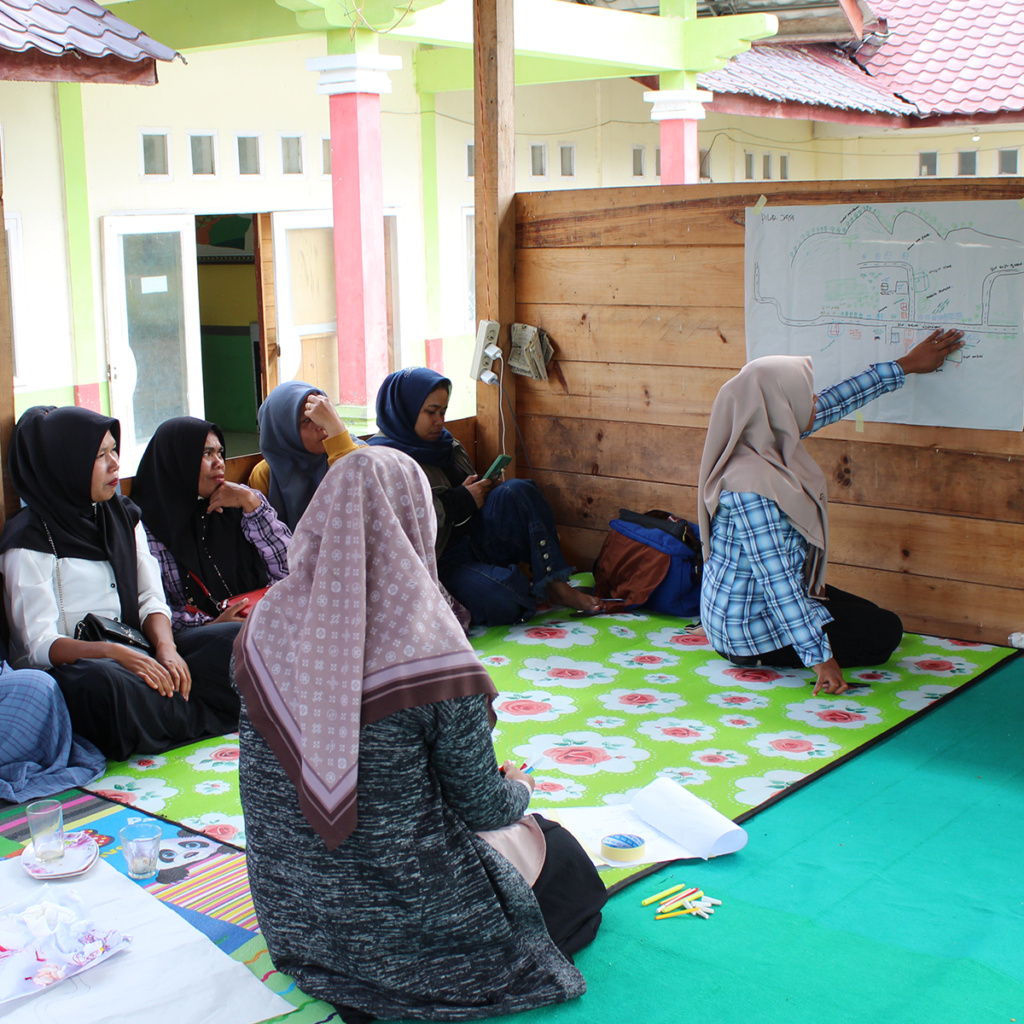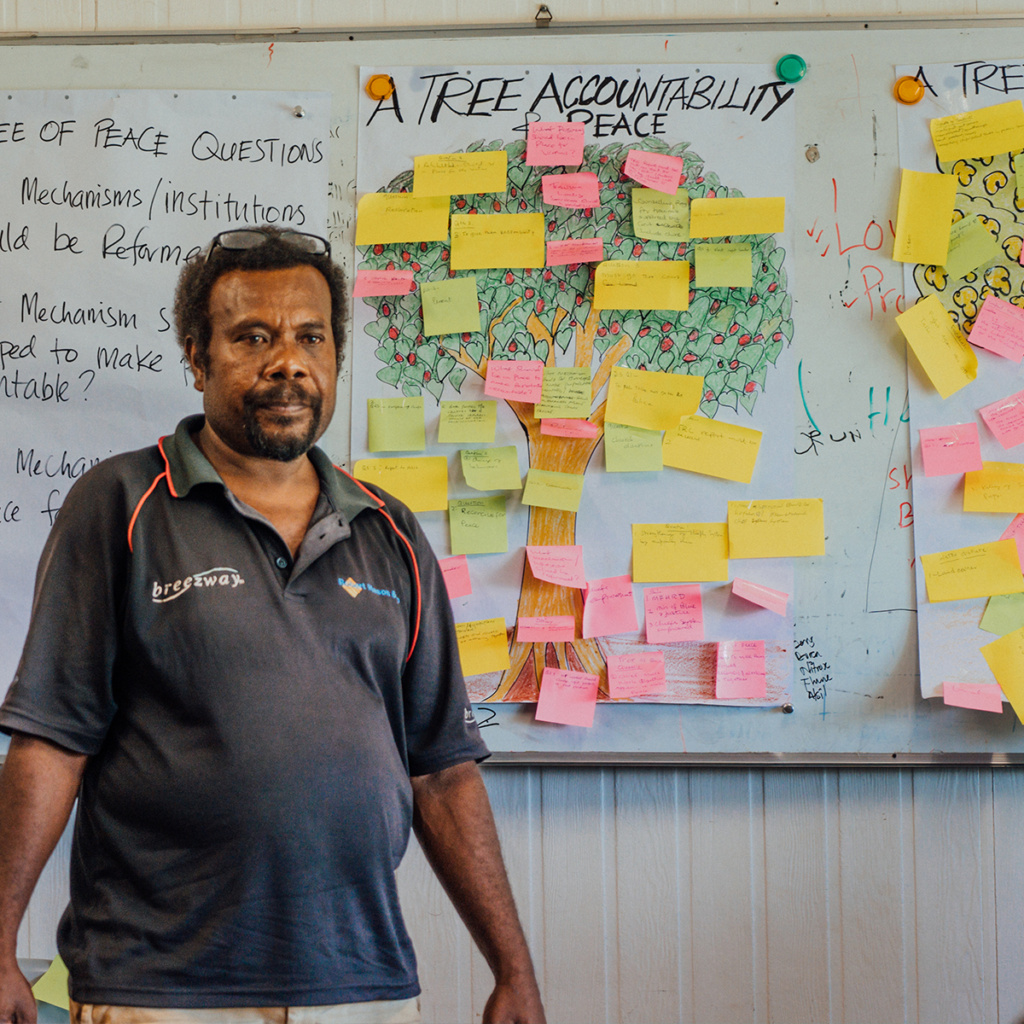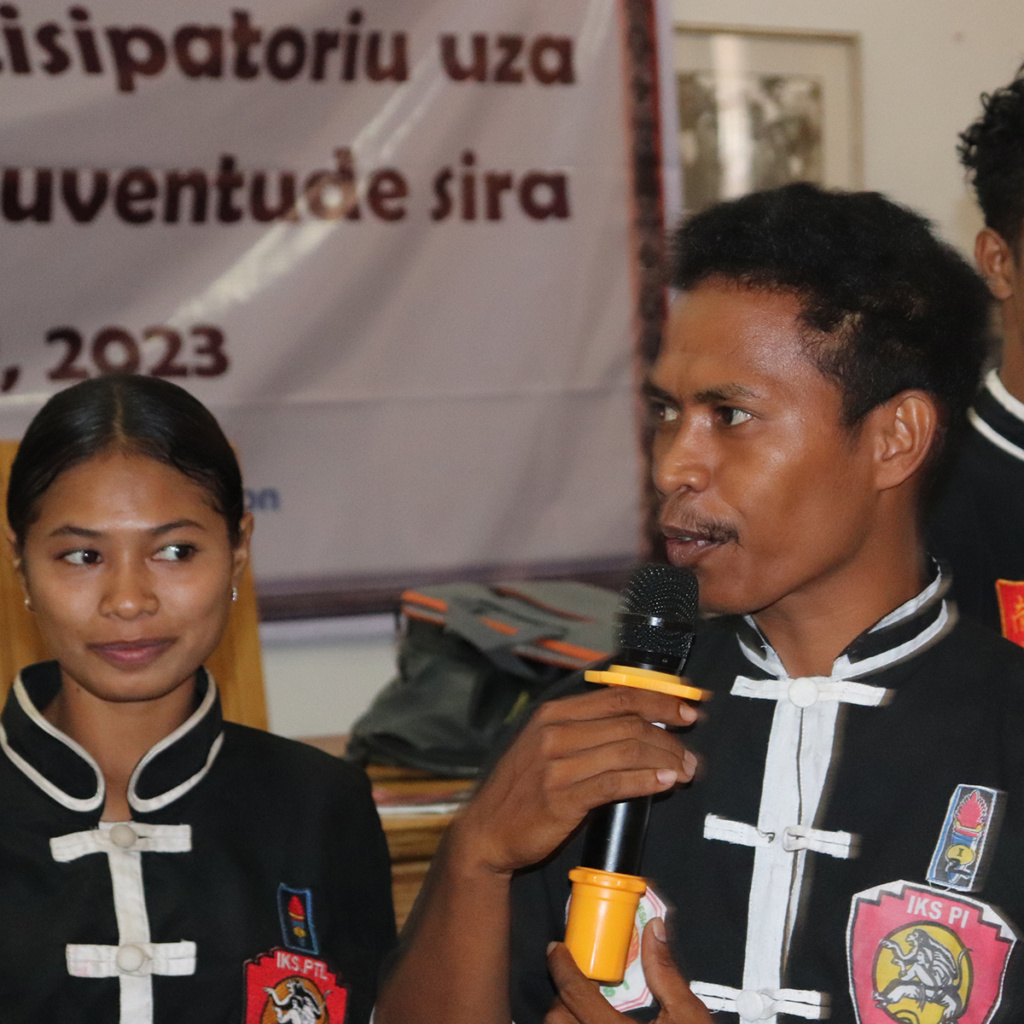
Indonesia
Indonesia, with a population of over 270 million, continues to struggle with a legacy of mass human rights violations. The level of challenge is illustrated by estimated death tolls of upwards of two million during the 1965 purges, some 200,000 during the Indonesian military occupation of Timor-Leste, an unknown number of casualties, but estimated in excess of 100,000, in Papua, and an estimated 30,000 victims in the province of Aceh.

Solomon Islands
In the Solomon Islands, the root causes of conflict remain inter-island migration, a colonial past that prioritized one ethnic group, the Malaita, and development focusing on one island, Guadalcanal. Inter ethnic resentment grew between the Malaitans, who settled on Guadalcanal, and local communities.

Thailand
In Thailand, Ethno-religious tensions have existed in the ‘deep south’ of Thailand for over 100 years. They involve clashes between a Buddhist Thai nation-state and a minority of Malay-Muslims over access to resources and the uneven distribution of wealth. In January 2004, Malay-Muslim insurgents escalated the fighting and there has been a low-level conflict in southern Thailand ever since.

Timor Leste
In 1975, Timor-Leste experienced a brief and bloody civil war, followed by 24 years of military occupation by Indonesia. The occupation was characterized by gross human rights violations and war crimes. During the conflict, women and girls became targets of sexual violence, ranging from abuse in detention and sexualized torture, to what Timor-Leste’s truth commission defined as sexual slavery. and their families.